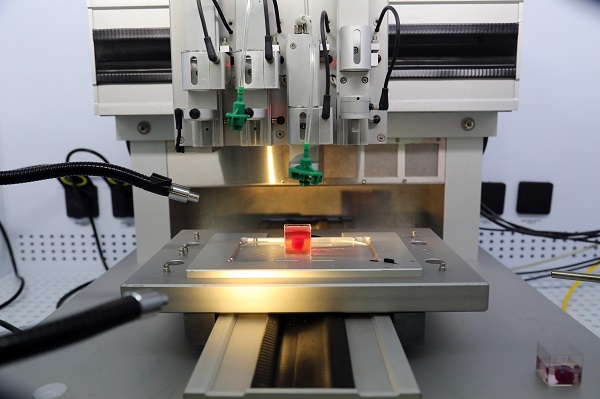
London, Do you know how cells interact with one another? The way you do on Twitter. Now, computational biologists have developed a new bioinformatics method to better study communication between cells.
The method, called NicheNet, helps researchers gain insight into how the gene expression of cells is regulated by interacting cells.
Studying intercellular communication is not only important to understand fundamental biology, but also to gain insights into diseases like cancer.
Interactions between cancer cells and other cells in the microenvironment of the tumour are crucial for its growth.
Led by Professor Ivan Saeys from VIB-UGent Center for Inflammation Research in Belgium developed this new bioinformatics method.
NicheNet has a broad range of potential applications in fields like immunology and tumour biology, say researchers.
Researchers used the method to study Kupffer cells, a macrophage in the liver blood stream. They generated a lot of gene expression data of all cells involved.
“But, using this type of data to unravel how cells communicate is not a trivial task”, said Saeys. “We needed to develop a new sophisticated algorithm to tackle this problem”.
Researchers were able to experimentally validate some of the signals that NicheNet predicted.
“Thanks to NicheNet, we looked into factors that we would not have thought about ourselves”, confirms Martin Guilliams from VIB-Ghent University, who works in close collaboration with the Saeys lab.
“For us, NicheNet was an essential tool to help unravel the Kupffer cell niche”.
In addition to the Kupffer cell story, the team has also been applying NicheNet to investigate cell-cell communication in the tumour microenvironment.
“We used NicheNet on single-cell data that was published earlier, but we are now working on novel single-cell datasets generated by collaborating research groups,” said Saeys in a paper published in the journals Nature Methods and Immunity.
An example of a process in which intercellular communication is essential, is the differentiation of macrophages, a type of immune cell. This process is affected by other cell types in the environment, or “niche”, of the macrophage.









